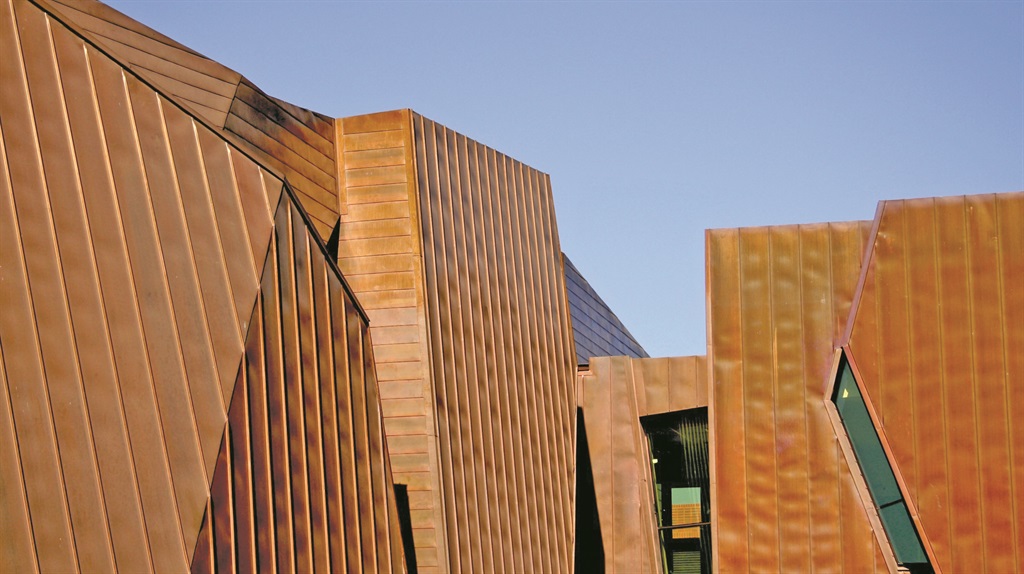
Take a tour of the most significant South African heritage sites today and you’re likely to visit the Robben Island Museum, the Hector Pieterson Museum, the Apartheid Museum, Mandela House, the Liliesleaf liberation centre and Freedom Park – every one of them designed by Joburg-based architecture firm Mashabane Rose Associates.
Next, you would quite likely stop at the Nelson Mandela Capture Site in KwaZulu-Natal, the Origins Centre at Wits University and Freedom Square in Soweto – all also designed by Mashabane Rose Associates.
The firm’s countrywide body of work has come to define post-apartheid South African civic architecture, sometimes by the sheer visibility of Mashabane Rose Associates-designed structures and at other times for its instantly recognisable and distinctly local visual language. Now, after more than 25 years in business, they are being honoured with a retrospective exhibition at the Apartheid Museum, which opened this week and gives some fascinating insight into the practice.
“It’s selfish, but seeing it all together brings back all of those personal memories that mark the timeline of how much a person has grown in understanding a simple concept, and then how it can be interpreted by different people together,” Phill Mashabane, co-founder and principal at Mashabane Rose Associates, told #Trending. Mashabane was one of the first black architects to be registered in South Africa, where there is still an alarmingly low number of black architectural professionals.
“I found that, with our projects, it wasn’t just about one story line that we were putting together, but putting all the story lines as different elements together. So we aren’t just putting together the envelope, but pushing the boundaries to seal the envelope as well,” he says.
He and his creative partner, Jeremy Rose, worked throughout the country from private to public, commissions to competitions, to arrive at the historic place Mashabane Rose Associates is at today.
“It was really by default that we became heritage and conservation architects,” Mashabane says of their beginnings. “I had been chairing various heritage and conservation bodies, and it gave us an idea to tap into what a lot of other architects did not understand or were moving away from,” he says. “Most architects work from a point of economics, but heritage and culture are driven by conscience, not economics, and that’s how we’ve worked over the years.”
The exhibition comes about four months after principal member and co-founder Rose passed away on December 20 last year. His passing left the architectural community reeling from the loss of such an invaluable mentor, with many remembering his warmth, wit and daily “Good morning, comrades” salute.
Christopher Till, director of the Apartheid Museum, said this week of Rose: “Jeremy worked within an architectural practice and environment where young architects were given space to learn and contribute, where his mentoring and sharing of ideas was a continual cycle of creative energy.”
Integrated with nature, angular and monumental without being showy, the work of Mashabane Rose Associates is as people driven as the partners of the company.
Much of the exhibition looks back on their landmark Sophia Grey Memorial Lecture of 2014, which gave insight into the pioneering methods and unique design approach of the firm. In the lecture, they tell of a memorable moment when opening one of their first projects together at Cato Manor in the early days, “the cleaning staff hired to tidy up afterwards stopped work and watched the videos, and later wept when they saw that the history being presented was theirs – specifically, the race riots and beer-hall riots that occurred in 1949 and 1959, respectively”. They said: “This seemed to make it worthwhile: we were telling their story and placing these stories firmly in the public domain.”
The show runs until the end of June at the Apartheid Museum




 Publications
Publications
 Partners
Partners








